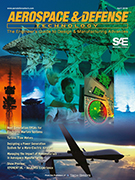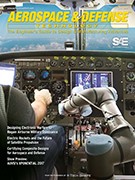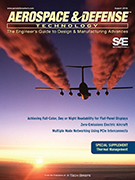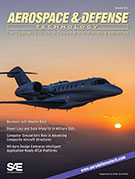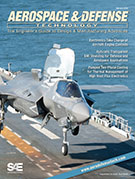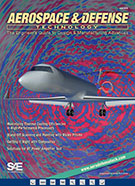Magazine

AEROSPACE ENGINEERING 2013-02
2013-02-01
Advanced aluminum solutions for next-gen aerospace structures Airline competitiveness and the demand for improved aircraft performance and affordability (acquisition and operational) are driving advancements in technologies that can enable these improvements. 2050 vision Airbus provides a far-ranging, thought-provoking, reach-out toward some of the changes the commercial aerospace industry might expect to see by 2050.



